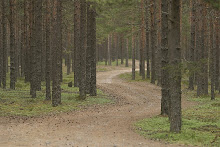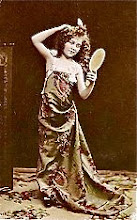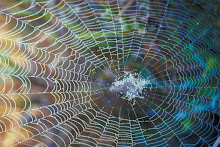In the early days of the Great Depression (1929-1943) with unemployment at 32% President Franklin Delano Roosevelt established the Works Progress Administration or WPA to provide work and relief to citizens. Several months later in the Spring of 1935, he started the subdivision of the WPA, the Federal Art Project (FAP). A number of U.S. politicians had proposed a combining of art and patriotism which inspired FDR to create the program. The purpose was not just to supplement artists incomes but to rally the sinking spirits of the American citizens. For an artist to be considered for the FAP, they had to apply for Home Relief to prove they were impoverished, and then submit samples of their work to show they were actively creating art at the time. Once accepted into the program an artist's stipend was $24 per week. By 1936 there were 6000 artists employed by the WPA.
During the Depression, the federal government paid writers, photographers, painters, and scupltors to chronicle life in America and at the same time beautify public buildings across the country. The WPA was much larger than the art project, WPA workers built state parks, roads, bridges, dams and other vital contributions to our infrastructure and more. They cooked and served lunches to schoolchildren, and taught adults to read. But the art project, particularly the murals, left a real legacy depicting men and women at work reflecting the time and place and the values of Americans as the world changed into the modern era. And they remain so today in many places.
Many artists created posters for public health programs, tourism, and educational purposes. At the time Social Realism was the favored style and the WPA preferred figurative work rather than the newly developing genre of Abstract art. It was a challenge to some artists who were working in abstract art but the program also helped those artists develop and later to define the Abstract Expressionist era following WWII such as Jackson Pollock, Diego Rivera and Willem de Kooning.
Murals are probably the most recognized survivng results from the WPA program. Artists had to submit sketches and compete against eachother for the work. There were an estimated 2,566 murals commissioned by the federal government mostly for post offices, but also schools and other government buildings around the country where they could be appreciated by everyone. Many of the murals were actually oil on canvas paintings afixed to the wall. One of the best known post office wall murals is "Woodsman in the Woods of Maine" by Waldo Peirce originally installed in the post office in Westbrook, Maine.
The painting, the whole wall - door and all - was removed from the Westbrook post office in 1980 when the building was demolished and is now residing in the Portland Museum of Art on loan from the U.S.Postal Service.
Another Maine mural in a school in Portland.
Mural in a library in Queens, NY
The FAP disbanded on June 30th, 1943. In December of that year the federal government auctioned off thousands of WPA funded artworks in a warehouse in Queens, NY. Paintings were sold by the pound, not individually. It is reported that a plumber purchased large quantities of the canvases in bulk for the purpose of insulating pipes but discovered when the pipes got hot the paint let off bad smells. Framers also bought in quantity paying about $3.00 per canvas and acquiring some works by artists who later became famous after WWII such as Jackson Pollock.
Roosevelt's WPA put about 8.5 million people to work - about 1/5 of the nation's adults between 1935 and 1943. The FAP created over 100,000 paintings and 18,000 sculptures. These works of art are now turning 75 years old. For many years this work had been virtually ignored, not maintained very well, and even destroyed. The living history of this work is dying out leaving the artwork on it's own to speak for itself. Thankfully people are starting to realize what they have in their communities and are working to restore and preserve this work. If you are lucky enough to have a WPA mural in your community, go visit it and spend a few moments appreciating the artists who left the legacy for you and the governmental leaders who had the foresight to give them the opportunity to create it.









































